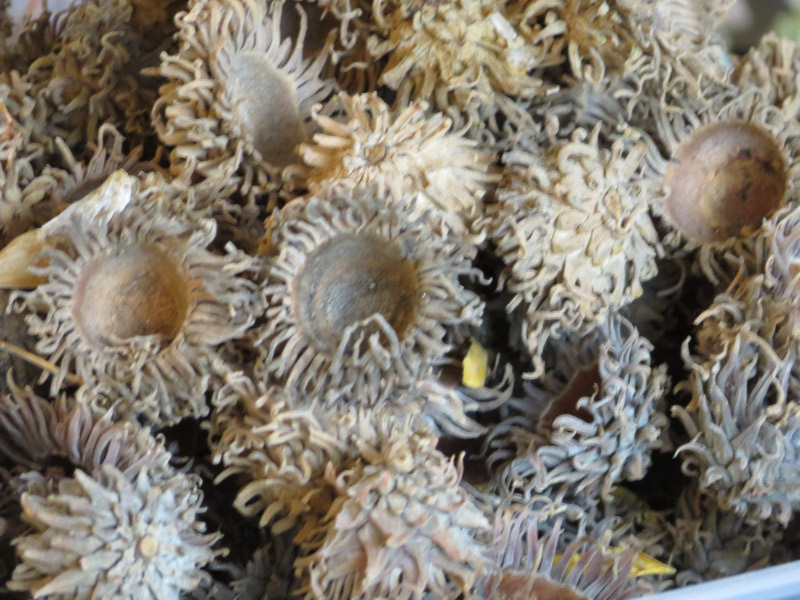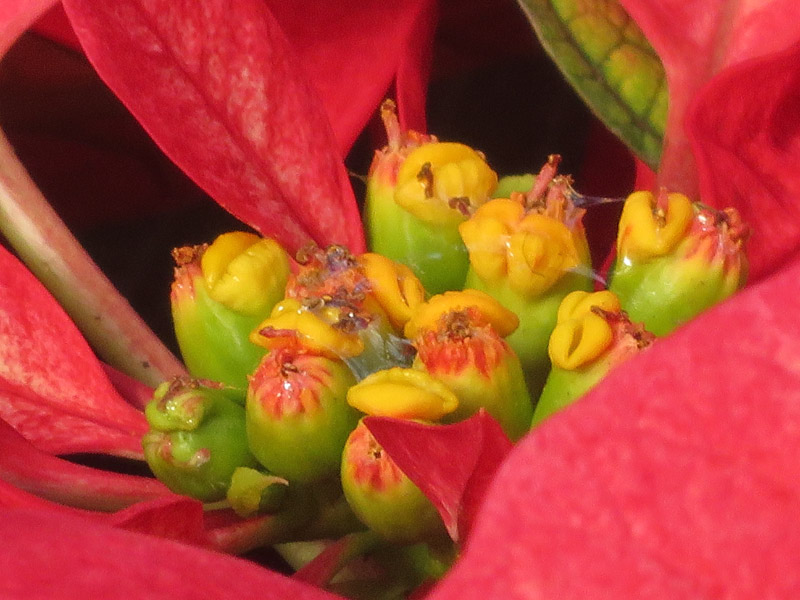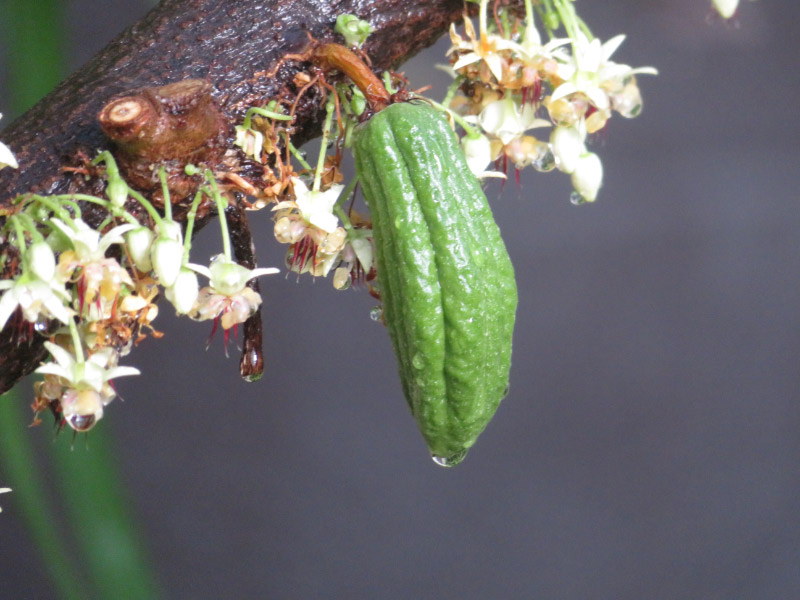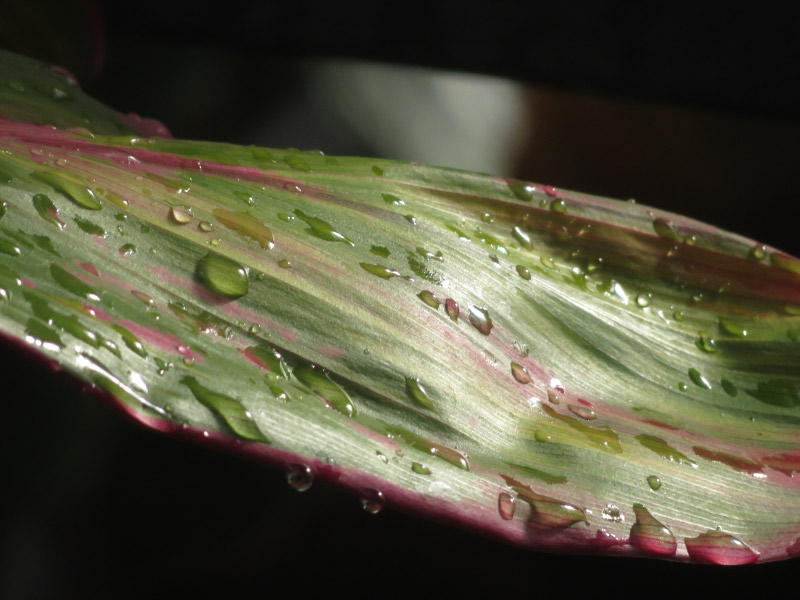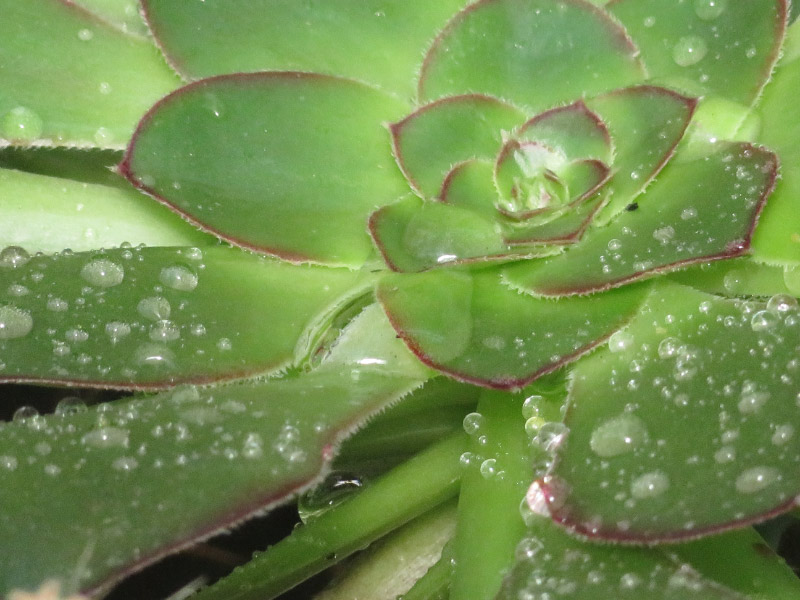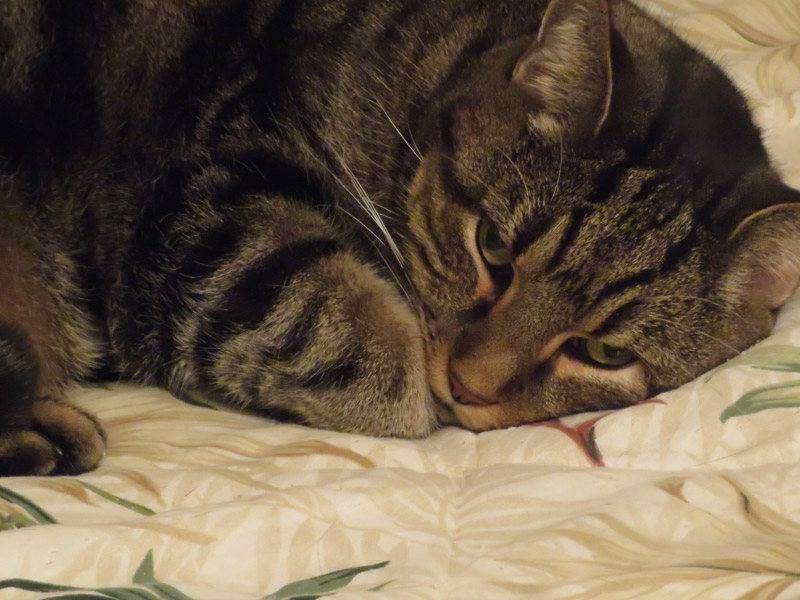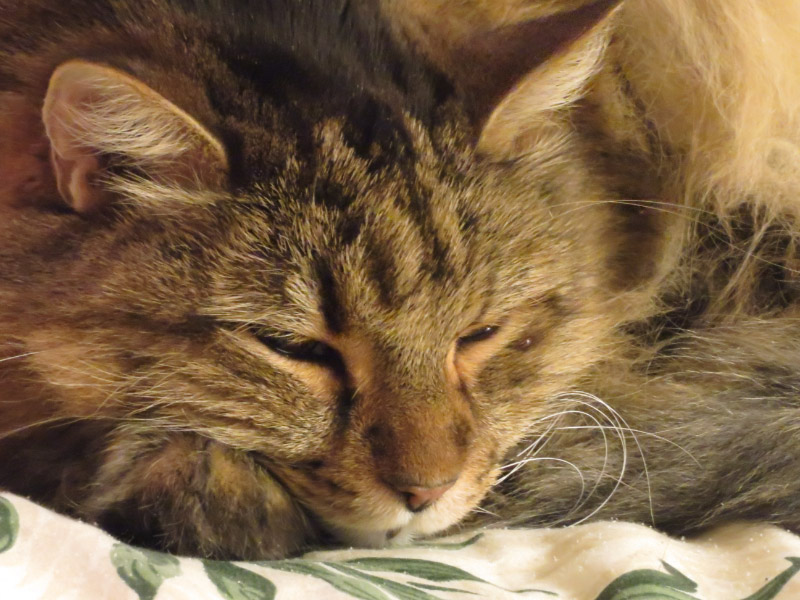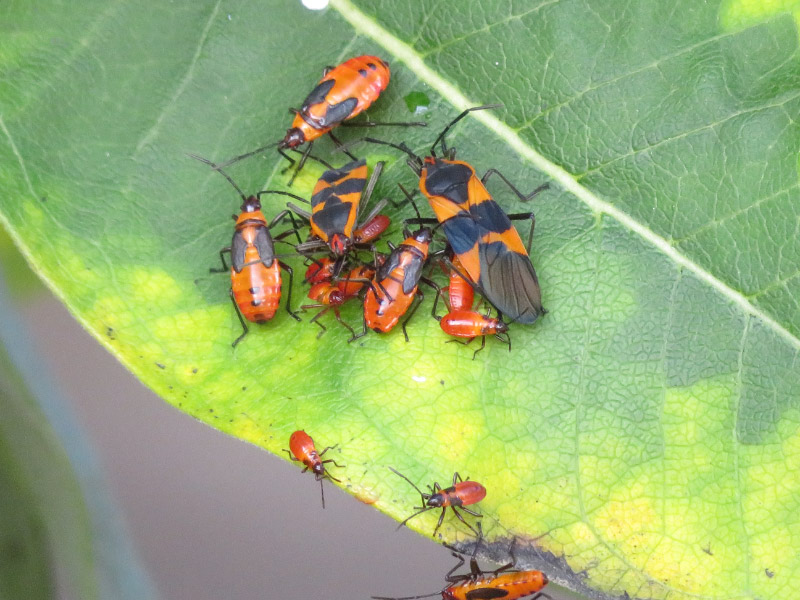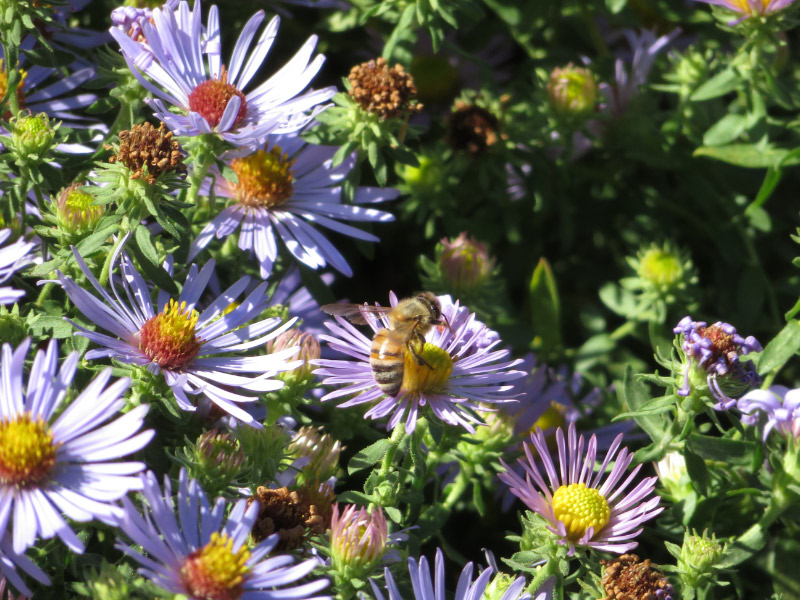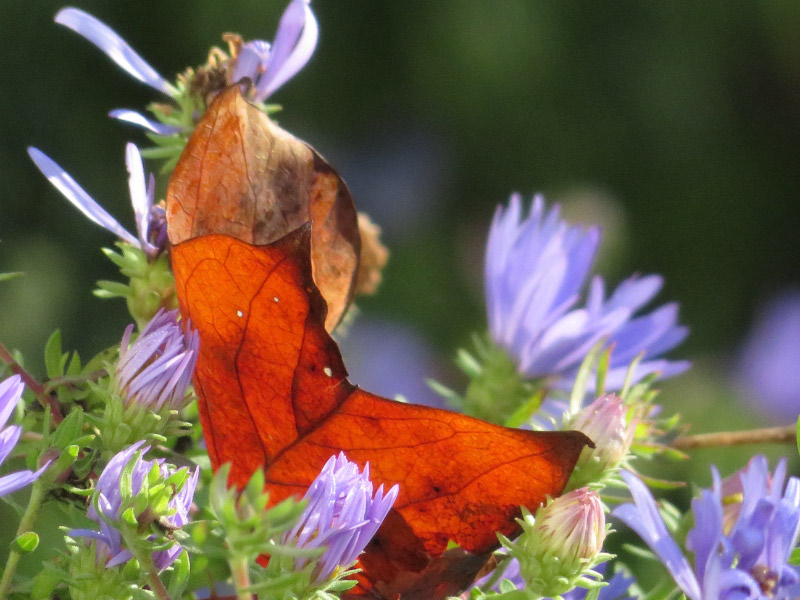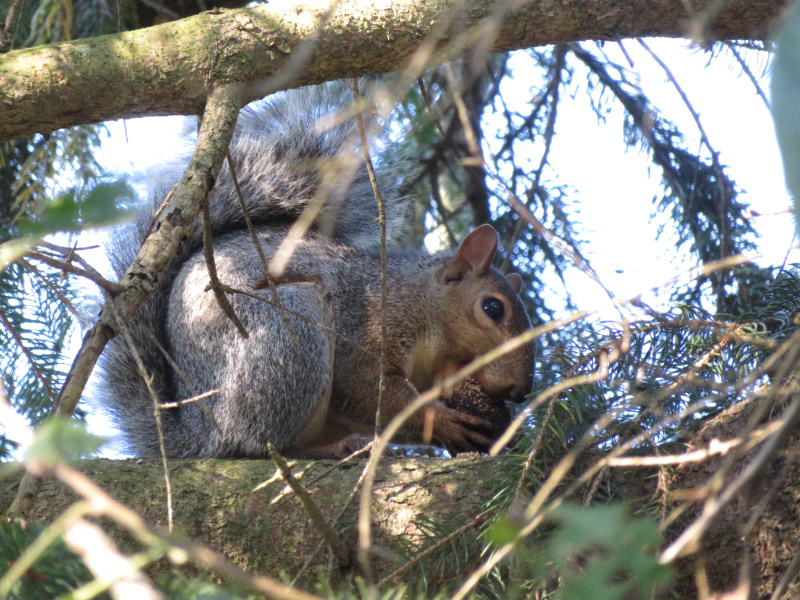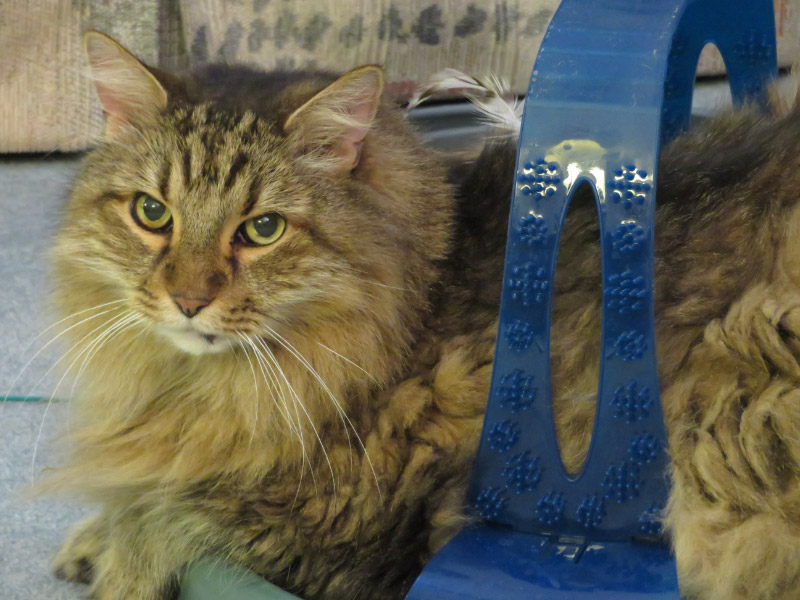After spending most of our time on the Atlantic side of Florida (Cape Canaveral, Kennedy Space Center, Merritt Island), we spend one day on the Gulf of Mexico side and took a tour of the Big Cat Rescue facility in Tampa. The morning was normal for Florida in September – hot and humid. Each tour participant had an earphone and player. The segments of audio were keyed by the tour guide as the group walked around the large enclosures where the big cats were housed.The cats looked comfortable – relaxed or walking around their enclosures. I tried taking pictures where the cage was not as obvious.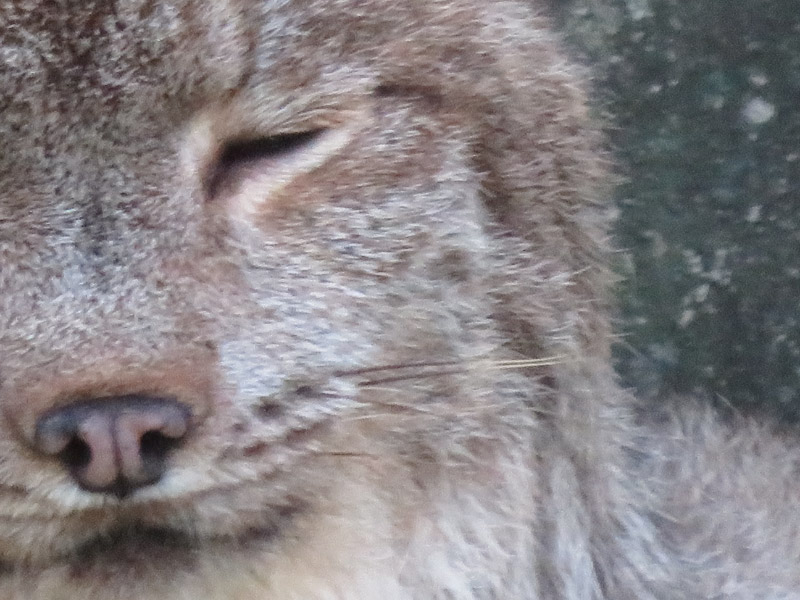
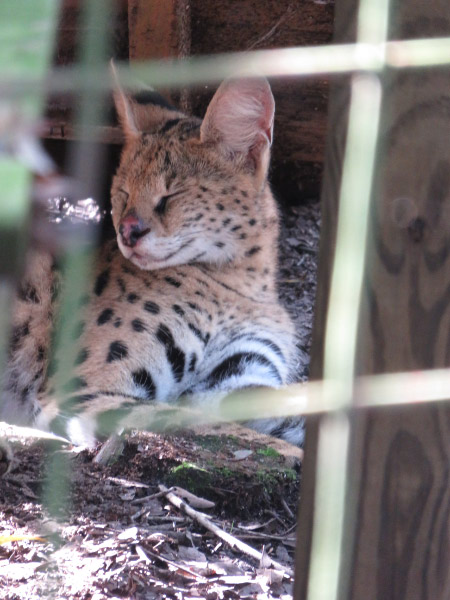 But even when the fence is in the picture – I liked the zoomed images of the individual cats.
But even when the fence is in the picture – I liked the zoomed images of the individual cats.
Many of them had been abused prior to coming to the rescue facility. They at in their ‘forever home’ at this point and it is more lush than any zoo with lots of different parts to their individual enclosure and larger areas where they are taken periodically for ‘vacation.’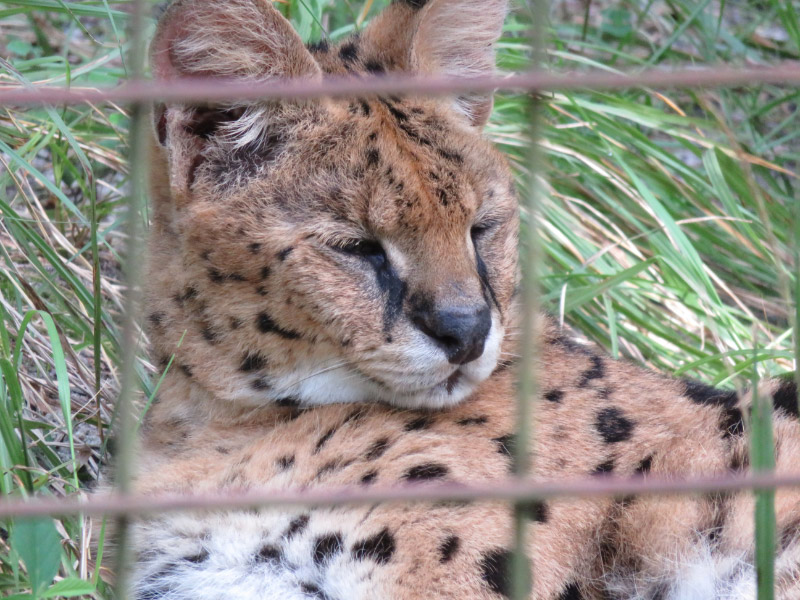
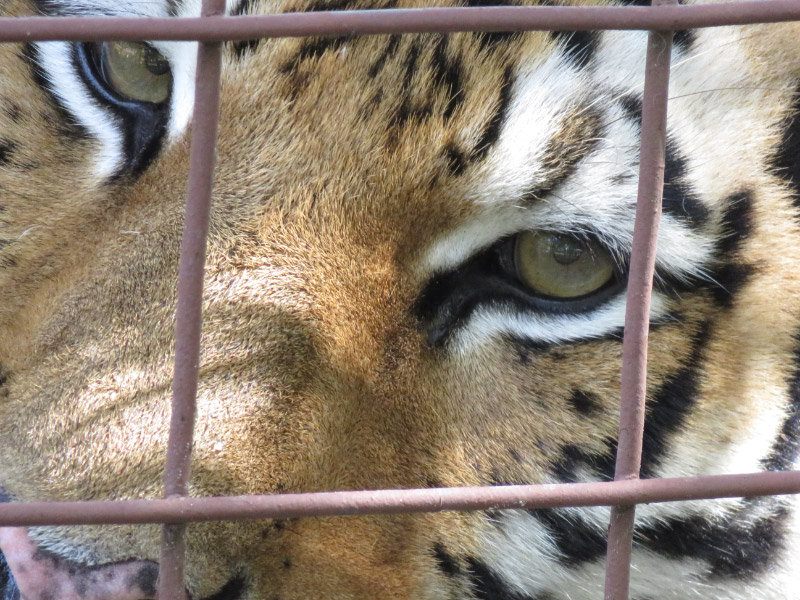
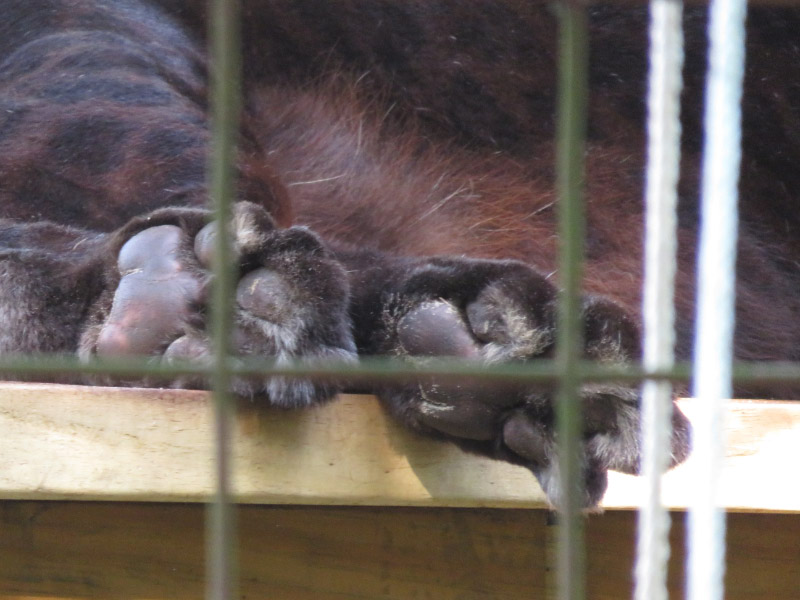 Many of the cats have had their claws removed which takes some of the bones of their feet and changes the way they walk.
Many of the cats have had their claws removed which takes some of the bones of their feet and changes the way they walk.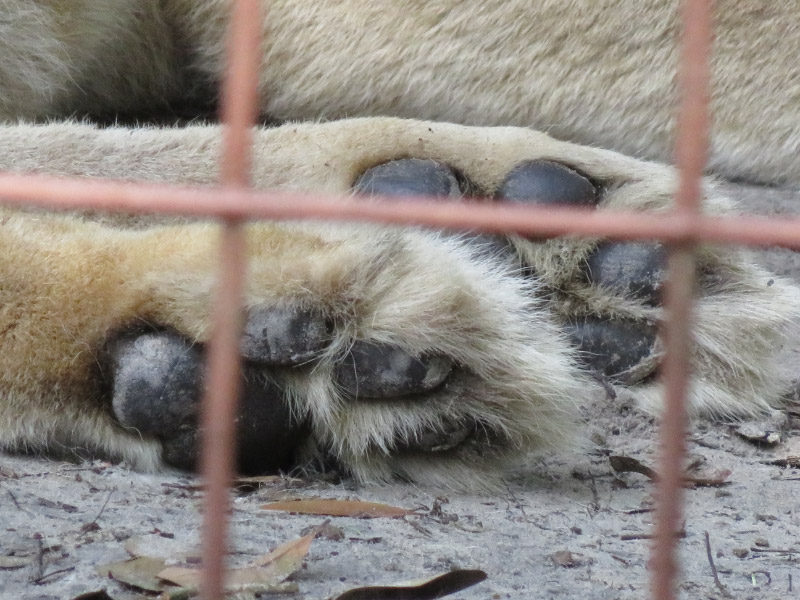

Even the cats that looked like they were dosing, followed the group with their eyes. Were they picking out the weakest looking?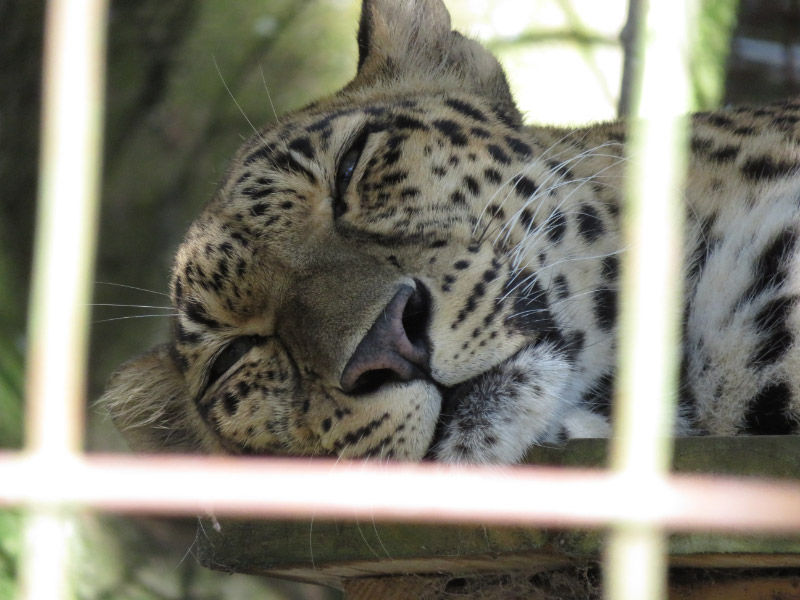
Whiskers seem to come out in more places than I realized before looking more closely at the pictures of the big cats.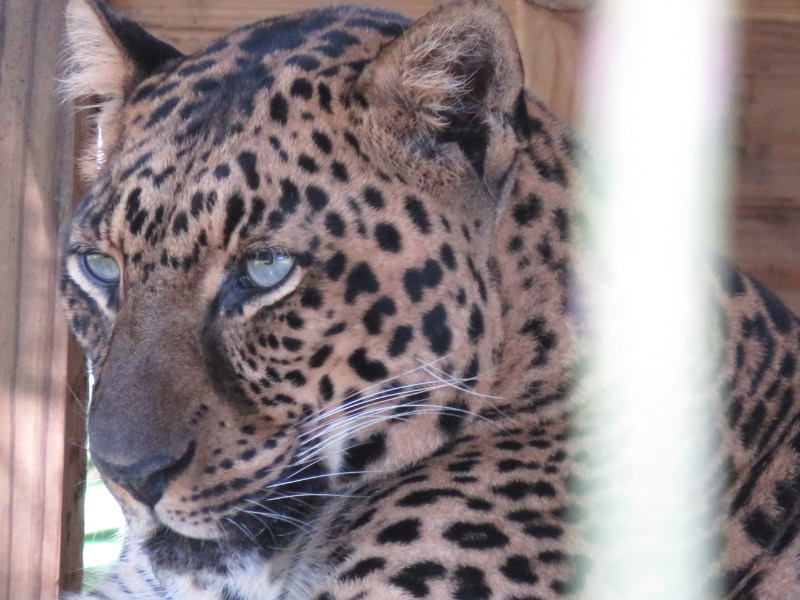
Cats seem to preserve their aura of dignity even when they are in cage.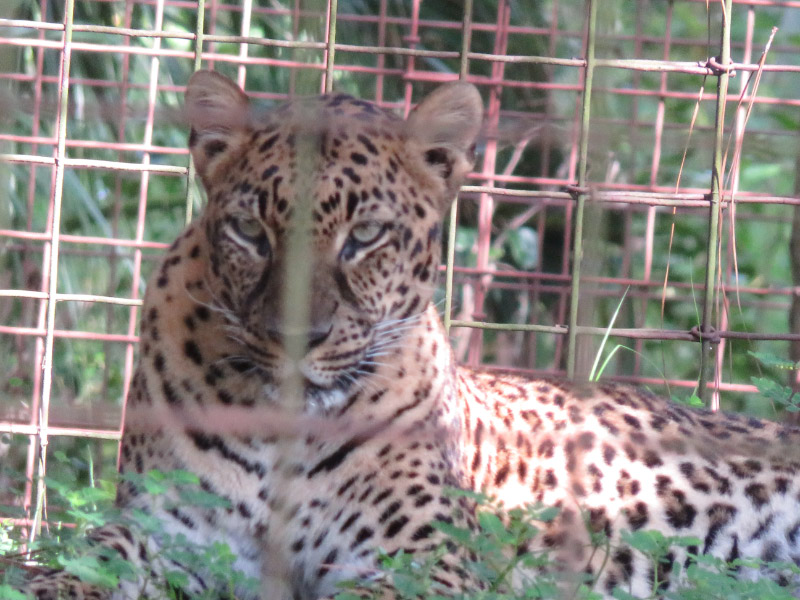

I enjoyed the tour more than I thought I would even though the stories of how the cats came to be at Big Cat Rescue was very sad. At least now there is a home for them…and an organization focused on reducing the number of big cats that are in such dire circumstances. Big cats are not pets or entertainment.
